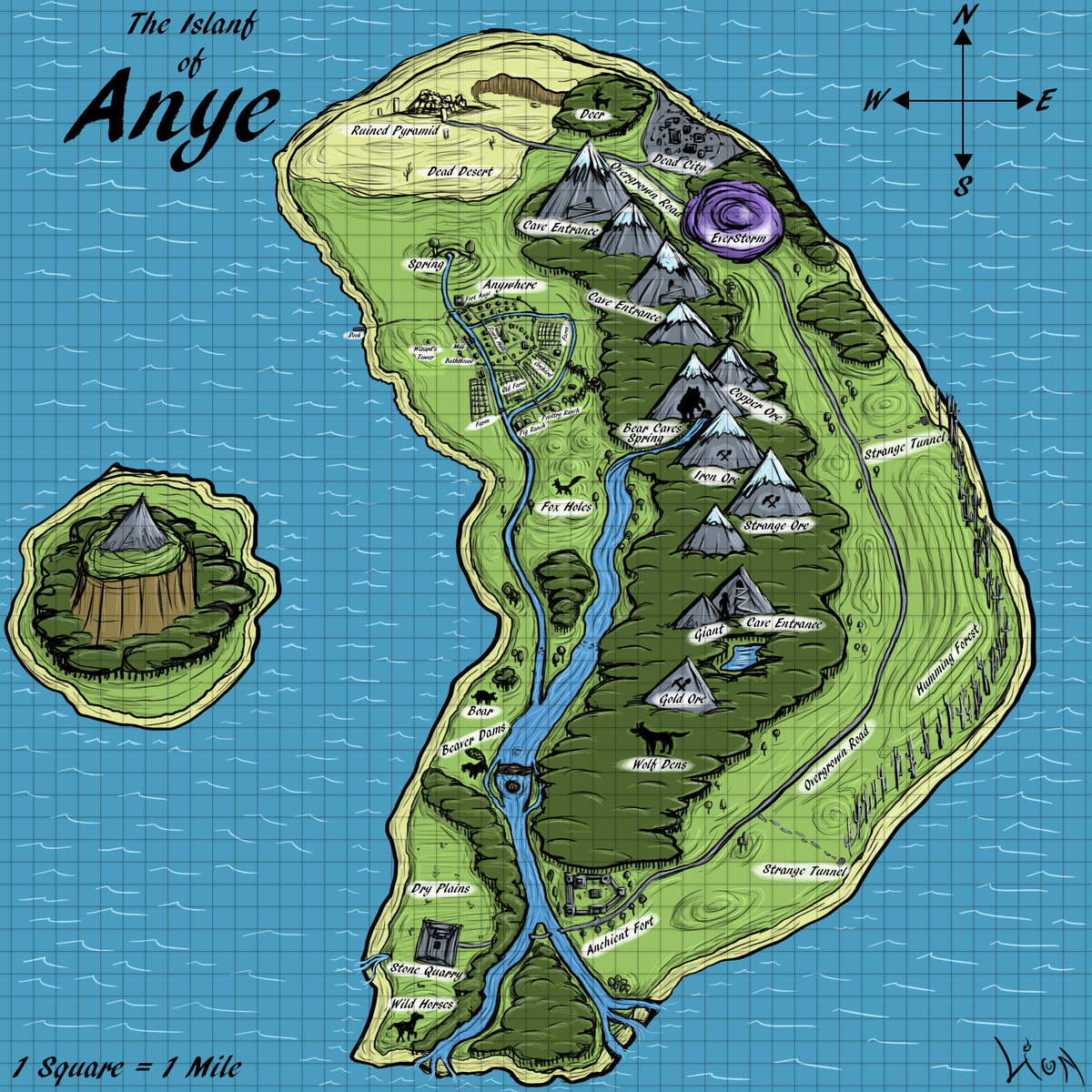Setting and Map Design
Contains useful information for narrators about creating realistic, believable and entertaining settings and locations.

This section covers the basics of creating or choosing a good setting and map design style for your players and style of narration.
Setting
Try to make your setting and characters fit together. If your whole party consists of city dwelling wizards, maybe a harsh survival adventure isn't the best fit. This is the part where discussion will come in handy. Try to figure out what kind of adventure you and your players want. Sometimes you'll need to compromise somewhere in-between, or present different kinds of adventures at different times throughout the same campaign. Adventures that highlight the various characters skills and abilities at different points throughout the story.
Location Maps
There are more than a few approaches to location map design but we'll just cover the basics. Firstly we recommend building or choosing a map that fits well with the theme of your adventure. If its a manned and operated facility, include regular patrols, number of staff, rooms, restrooms, electrical lines, plumbing, regular shipments and structural weaknesses. The detail you add the more layers players will have to manipulate. If it is a desolate crypt, include booby traps, obstacles, hazards, structural failures and undead. Include nods on your map to what lives there and people will notice. Ultimately increasing their immersion and the potential fun of the game.
Linear Map Design
This type of map is better suited for less experienced players and narrators. It encourages following the story from one point to the next in a path or line. There are usually singular solutions to puzzles, locked doors, traps or obstacles. The map features a corralling path that naturally leads the characters in the desired direction.

Sandbox Map Design
This type of map is better suited for more experienced or adventurous players and narrators. It encourages exploration and manipulation of the environment. There are usually multiple solutions to every puzzle, locked door, trap or obstacle. The map features multiple paths through or to the end and rooms often have multiple exits.



